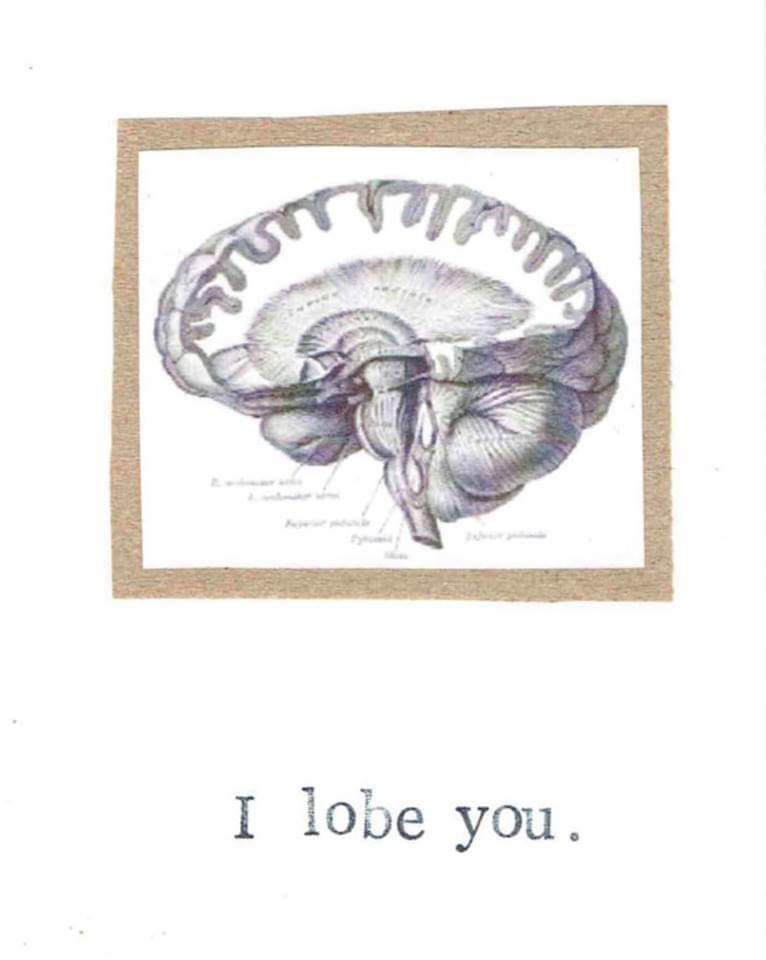A Journey of Acceptance: Stella and Samuel’s Story.

When I first met Samuel in the occupational therapy clinic that I was starting at that time (nearly 10 years ago), his parents were filled with questions and concerns. He was a 4 year-old bright, non-verbal but curious boy with an autistic brain that worked in its own unique way, often struggling with ideation and motor planning and trying to tackle his sensory sensitivities (covering his ears to loud sounds, constantly self-stimming and sensitive to unexpected touches and movements). Alongside him, always a step behind, was Stella—two years younger sister.
Stella, at the time, was hesitant. She watched her older brother with a mixture of curiosity and confusion. Samuel’s world sometimes felt like a different planet to her. He would flap his hands excitedly at things she didn’t understand, struggle to follow play routines, and become overwhelmed by things that barely caught her attention. Whilst they were getting older, at primary school, her friends would ask why her brother acted “weird.” She never knew exactly what to say.
From the beginning, I had a clear vision—not just for Samuel’s therapy but for Stella’s journey alongside him. I explained to their parents that my approach would not only aim on strengthening Samuel’s motor skills or helping him understand concepts that felt elusive; it would also focus on nurturing the entire family’s understanding of his neurodiversity. And most importantly, it was about protecting Stella—not by shielding her from Samuel’s challenges, but by equipping her to engage with and embrace his differences.
Stella started joining the sessions, at first as an observer. Her small hands fidgeted in her lap as she watched me guide Samuel through activities that seemed frustrating to him. Sometimes, she would glance at her parents, unsure of whether to step in or stay back. But slowly, with encouragement and time, she began to find her place in our sessions.
We designed activities where Stella could take the lead, not as a helper, but as a play partner. She learned how Samuel’s brain processed instructions differently. She learned patience when he struggled with concepts that seemed simple to her. She discovered that celebrating his smallest victories was far more meaningful than comparing him to any “normal” standard. And, most beautifully, she found moments of joy in their interactions—ones that were uniquely theirs.
Over time, something remarkable happened. Stella’s hesitation melted into confidence. She no longer felt the need to hide her brother’s differences or explain them away. Instead, she embraced them. The last time I saw them in the clinic, it was clear—Stella had stepped into a new role, not just as Samuel’s younger sister but as his strongest ally.
She initiated motor activities for him, using creative ways to help him understand concepts he once found elusive. She cheered for him, laughed with him, and most of all, she remained patient when he needed time. Her parents watched with teary eyes, overwhelmed by the transformation. They remembered the uncertainty of those early days and realized how right it had been to include her from the start.
Samuel’s journey in therapy continues, but Stella’s growth is a testament to something profound—acceptance is not just about tolerance; it is about pride, patience, and love. She no longer sees Samuel as someone who is different in a way that needs fixing. She sees him as her brother, just as he is. And that, more than anything, is the greatest success of all.
